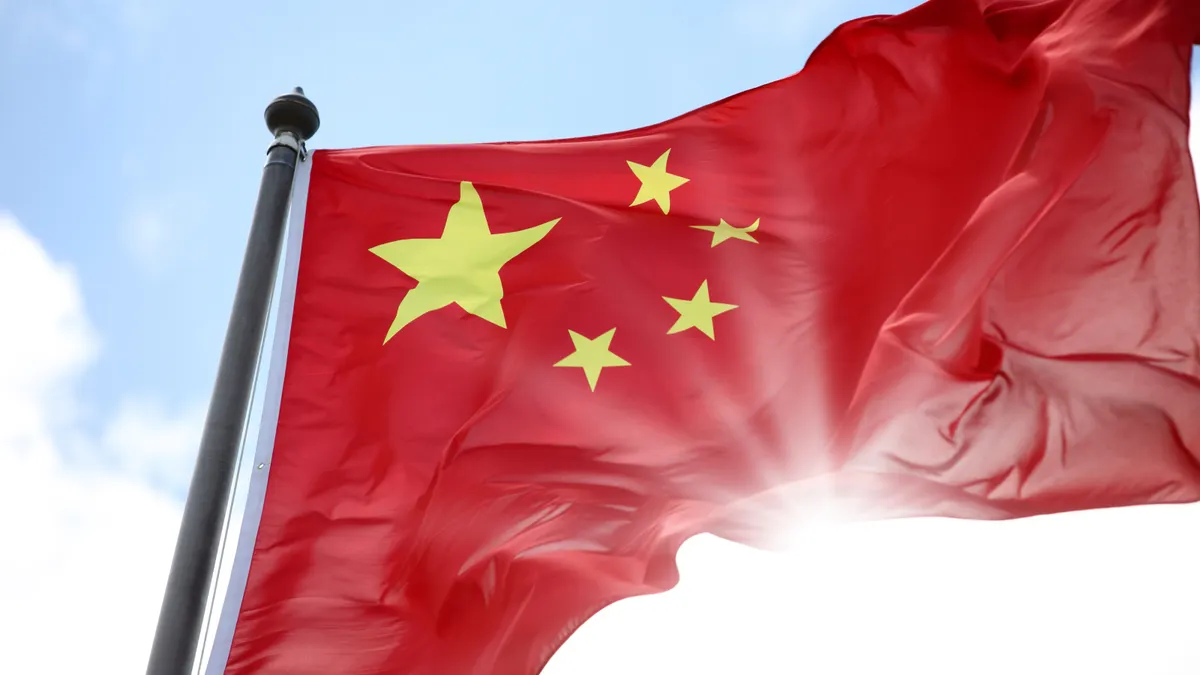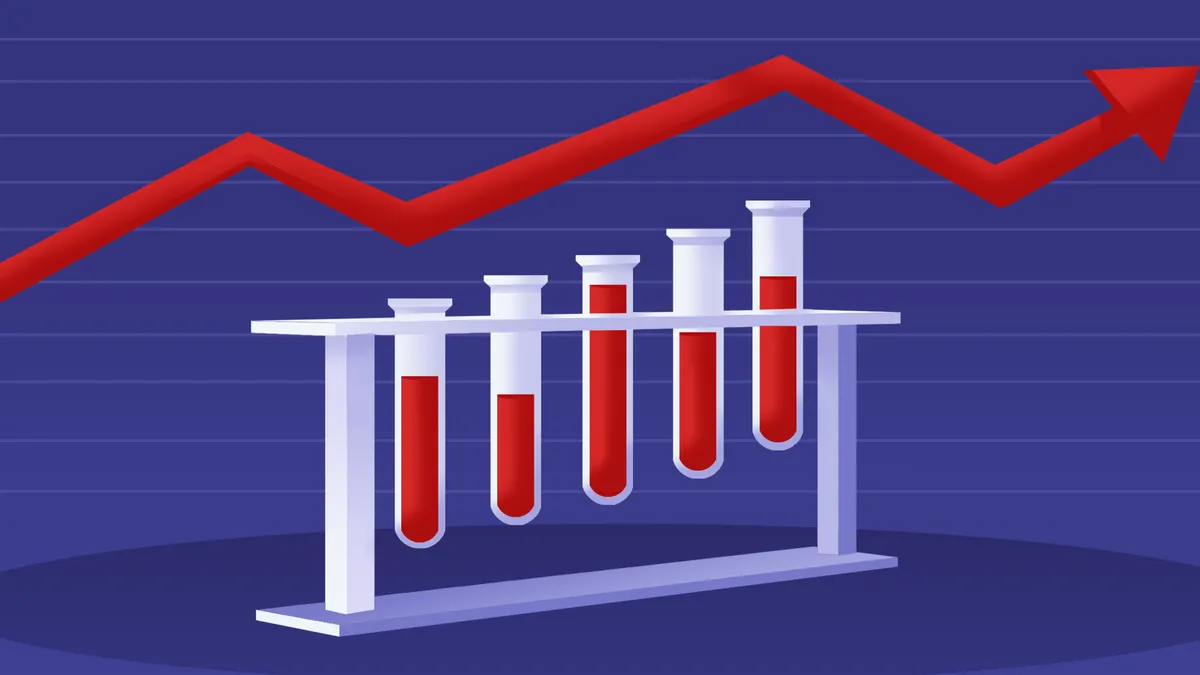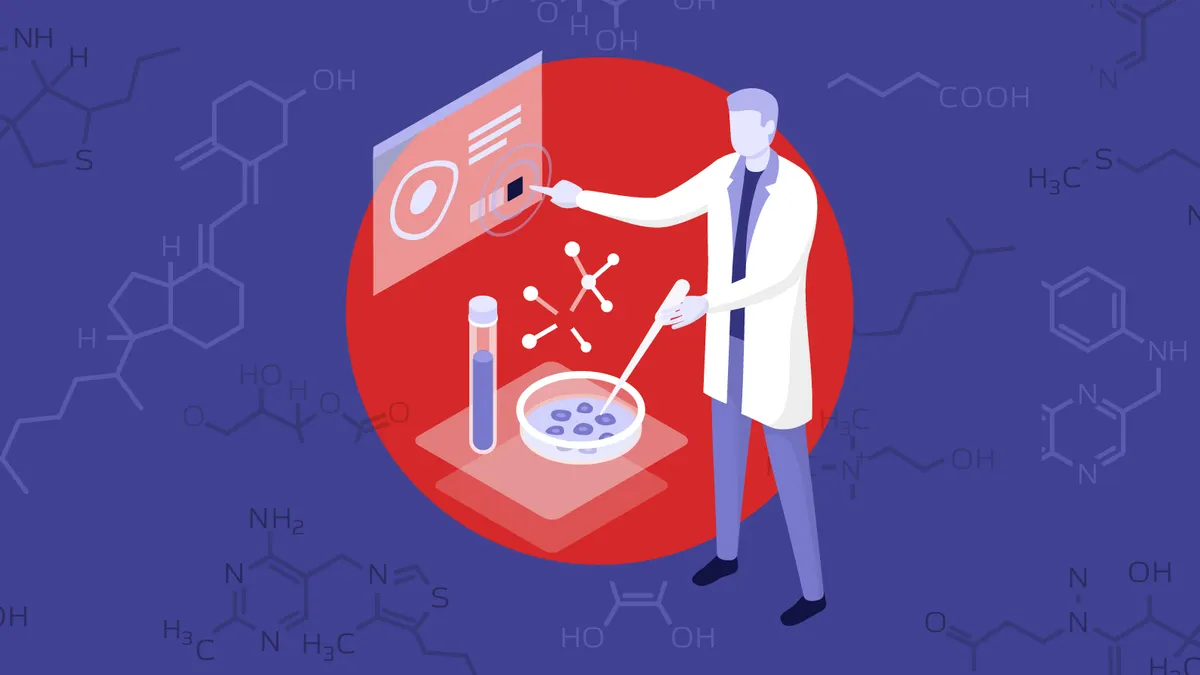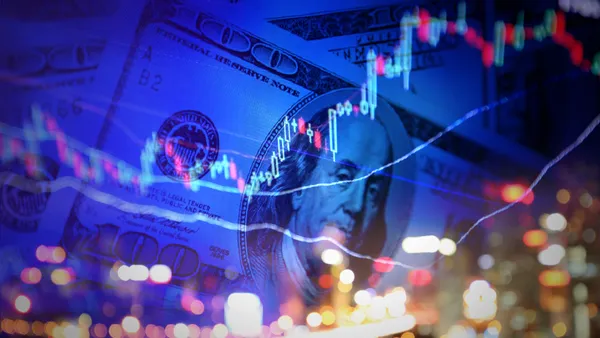The role of China in the pharma market is changing. Until recently Chinese firms were seen by most Western players as a threat, or at the very least, a challenging unknown. Not now. In 2025, China represents possibly the biggest opportunity for many large pharma companies. In particular, those facing big holes in their revenue streams as blockbuster drugs succumb to loss of exclusivity. For these companies, looking east may offer the most cost effective way to give their pipelines a much-needed boost.
This isn’t purely noise. A recent report from Stifel showed that 30% of licensing deals from big pharma companies now involve a Chinese biotech. Together, Chinese companies have added more than 4,100 innovative new drugs to their pipelines since 2022. This accounts for 31% of the global total, putting China in second place, only just behind the US at 35% and well above the 10% from South Korea in third position.
Next-generation expertise
This huge haul of novel drugs obviously covers a wide range of therapy areas and modalities but there are hot spots of innovation in next-generation therapeutic niches where China’s dominance becomes even clearer. More than 50% of the antibody-drug conjugate (ADC), bispecific antibody, and chimeric antigen receptor T cell (CAR-T) clinical pipeline is China-originated or China-partnered.
One of the most exciting deals featuring a Chinese partner falls into this category – and shows that it’s not just the biggest players who are shopping in China. Summit Therapeutics licensed ivonescimab from Akeso Biopharma at the end of 2022. It is currently approved for non-small cell lung cancer in China and phase III pivotal data from multi-national studies is expected later this year to support broader approvals. Evaluate Pharma forecasts worldwide sales of close to $2.6bn for ivonescimab in 2030, but expect this to be revised upwards considerably should a path to the US market become clear. Given it’s been dubbed the “Keytruda killer” after demonstrating superiority over the world’s biggest selling drug in a China-only trial, hopes will be high for much more in the longer term.
A numbers game
What’s driving this success in complex new modalities? Simply put, it’s a speed and numbers game. Therapies like ADCs and radioligands are hugely sophisticated and there are many variables to tweak in order to find the best possible combinations and the right targets. China benefits from both scale and the ability to start clinical trials quickly and run efficiently. This also makes prices for licensing deals are very reasonable, at least by Western standards, so Chinese firms provide a lower-risk path into a hot new area at a good price. A winning combination in anyone’s book.
With global R&D efficiency stuck in a seemingly endless downward spiral, the combination of great science at attractive prices makes China something of a no-brainer when it comes to seeking out strong me-too drugs.
But…
There’s always a but. While we’re not going to see enthusiasm for Chinese firms wane in the near future, there must be at least one note of caution. The new Trump administration in the US will fight to protect US interests, including US biotech companies, and this may provide a headwind in the coming years. There’s also the Biosecure Act which seeks to limit US business with China headquartered life sciences companies and which may find support with the new administration.
That said, the patent cliff alone provides more than enough incentive to send business development and licensing teams off to China with a shopping list of sophisticated modalities to track down and claim. As long as that combination of efficiency, scale and price remain, the pull east is too strong to ignore.
For more analysis on the role of China in pharma as well as other key market trends and forecast data, check out Evaluate’s 2025 Preview webinar which is available on demand now.










